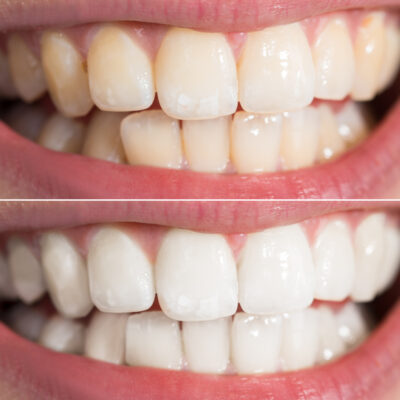
Inflammatory Breast Cancer: Symptoms, Diagnosis, and Stages
Inflammatory breast cancer is a rare and aggressive form of cancer. In this condition, the cancer cells block the lymph vessels in the breast. The affected breast looks red, swollen, or inflamed, which is why it is known as inflammatory breast cancer. This cancer develops in the milk duct of the breast and then spreads beyond the duct. This is one of the deadliest types of breast cancer, as it spreads fast (in a matter of weeks or months) and reaches stage III or IV.
Read on for more details on inflammatory breast cancer:
1. Symptoms
This is one of the most aggressive types of breast cancer. It causes certain physical changes in the breast, including:
- The breast swells and becomes red. The skin of the breast appears pink, reddish-purple, or even bruised and has ridges or is pitted.
- The breast size increases rapidly and has a sensation of heaviness, tenderness, and burning.
- There could be swollen lymph nodes under the arm.
2. Diagnosis
It is one of the most robust types of breast cancer to diagnose. This is because in most cases there is no lump detected during a physical examination or screening mammogram. Also, women with this disease have dense breast tissue that makes cancer screening tough. If there are any symptoms, imaging and staging tests are done.
- An ultrasound and diagnostic mammogram of the breast and the nearby region such as lymph nodes are carried out.
- A PET or CT scan along with a bone scan is conducted in case the cancer has spread to other parts of the body.
- A biopsy of the breast tissue is conducted to rule out cancer completely.
3. Stages
When diagnosed, inflammatory breast cancer is considered as stage IIIB breast cancer. However, it could have reached stage IV if it spreads outside the lymph nodes and breast. It is one of the fastest spreading breast cancer.
- Stage IIIB
In this stage, cancer may or may not have spread to the axillary or internal mammary lymph nodes. It does not reach the other parts of the body either. - Stage IIIC
In this stage, cancer may have spread to 10 or more axillary lymph nodes. Along with that, it may have affected the lymph nodes under the collarbone and internal mammary lymph nodes. - Stage IV
Cancer spreads to other parts of the body, such as the lungs, bones, liver, brain, distant lymph nodes, or chest wall.
4. Treatments
Since it is one of the types of breast cancer that progresses rapidly, it would need an aggressive treatment plan.
- Chemotherapy
This type of cancer is first treated with systemic chemotherapy. This shrinks the tumor and is followed by a surgery to remove the tumor. Thereafter, radiation therapy is used. This is called a multimodal approach. If the tumor has excess HER2 protein, specific medications may be given for it. - Hormone therapy
This is suggested if the tumor has hormone receptors. They are medicines that block the receptors so that they do not latch on to hormones. - Immunotherapy
These medications help the immune system to fight cancer. It is usually used in the advanced stages of cancer.


